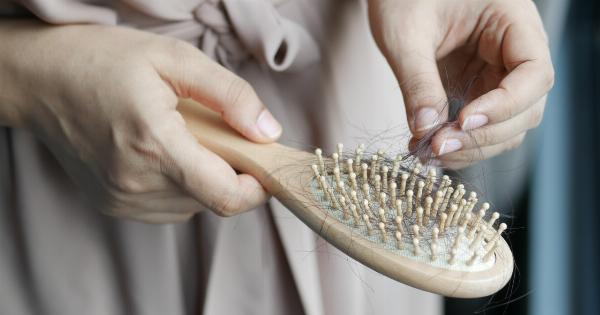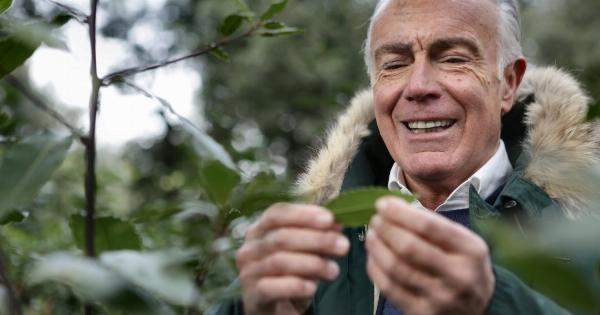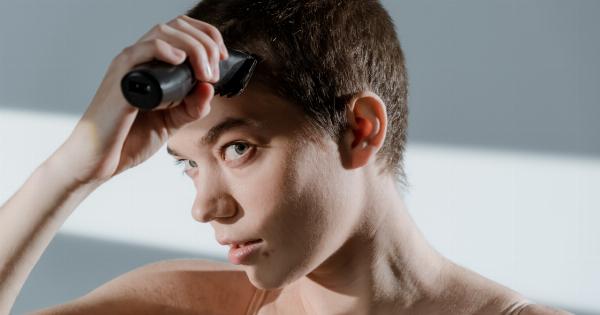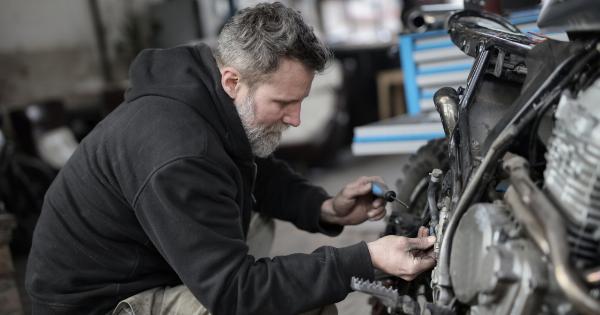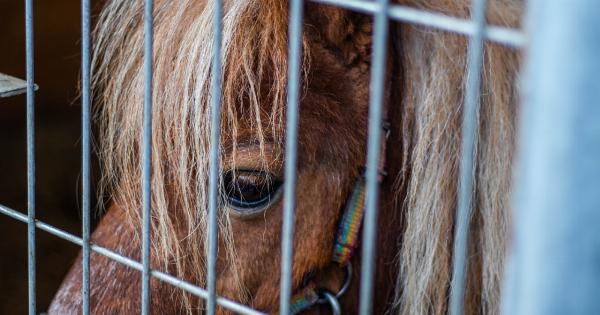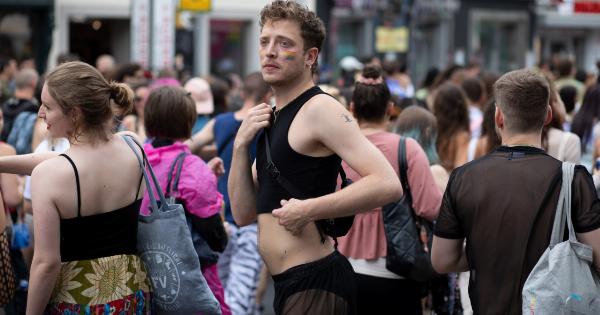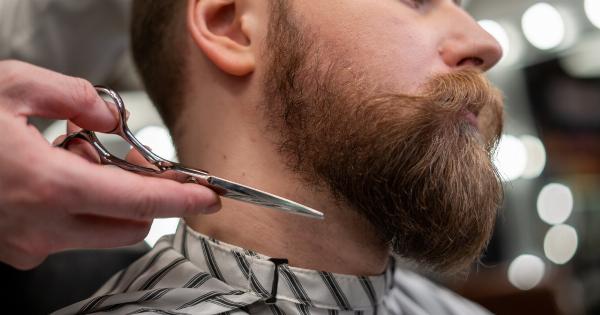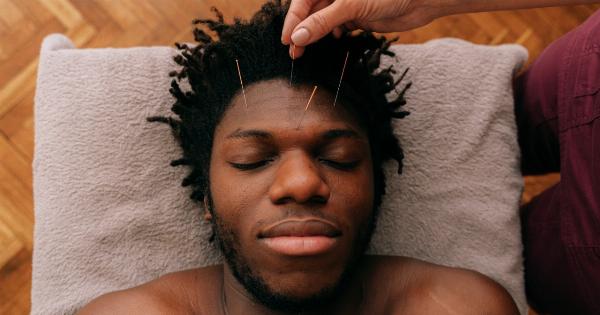When you think of a dog’s face, you likely picture their adorable eyes and wagging tongue. However, there’s more to their facial features than meets the eye. One of the most intriguing aspects of a dog’s face is their facial hair.
Dogs have a variety of facial hair structures that serve important functions, from protection to communication.
The Different Types of Facial Hair
There are three main types of facial hair that a dog can have, each with its own unique structure and function.
Vibrissae
Vibrissae, more commonly known as whiskers, are long, thick hairs that are located on a dog’s muzzle, above its eyes, and on its eyebrows. Whiskers are incredibly sensitive and contain sensory nerves that help dogs to navigate their environment.
When a dog feels a change in the air or encounters an obstacle, they use their whiskers to determine the best course of action.
Bristles
Bristles are shorter, stiffer hairs that are located on a dog’s muzzle. They serve a protective function, helping to keep dirt, dust, and debris out of a dog’s nose and mouth.
Bristles are also involved in a dog’s sense of touch and help them to pick up information about their surroundings.
Fur
Fur is the most commonly known type of facial hair on a dog. It is soft, fluffy, and covers much of the dog’s face. Fur serves a variety of functions, including insulation, protection from the sun, and camouflage.
A dog’s fur can also convey important social cues, such as aggression or submission.
The Role of Facial Hair in Protection
One of the primary functions of a dog’s facial hair is protection. Bristles help to keep dirt and debris out of a dog’s eyes, nose, and mouth, while fur helps to shield their face from the sun and other harsh elements.
But facial hair can also serve a protective function by signaling to other animals that a dog is not to be messed with.
For example, when a dog is feeling threatened or aggressive, they might raise their hackles, causing the fur on their neck and back to stand up.
This is a clear signal to other animals that the dog is prepared to defend itself and can help to deter potential attackers.
The Role of Facial Hair in Communication
In addition to serving a protective function, a dog’s facial hair can also play a role in communication. Whiskers, in particular, are important in conveying messages to other animals.
When a dog is feeling threatened, its whiskers are likely to be angled forward in an aggressive posture. Conversely, when a dog is feeling relaxed and friendly, its whiskers are more likely to be positioned backwards.
By observing a dog’s whiskers, other animals can gain important information about their current emotional state.
The Amazing Utility of a Dog’s Facial Hair
While often overlooked, a dog’s facial hair serves a variety of important functions. From providing protection from the elements to conveying important social cues in the animal kingdom, a dog’s facial hair is a powerful tool for survival.
So the next time you look at your furry friend’s face, take a moment to appreciate the complex and amazing utility of their facial hair.




